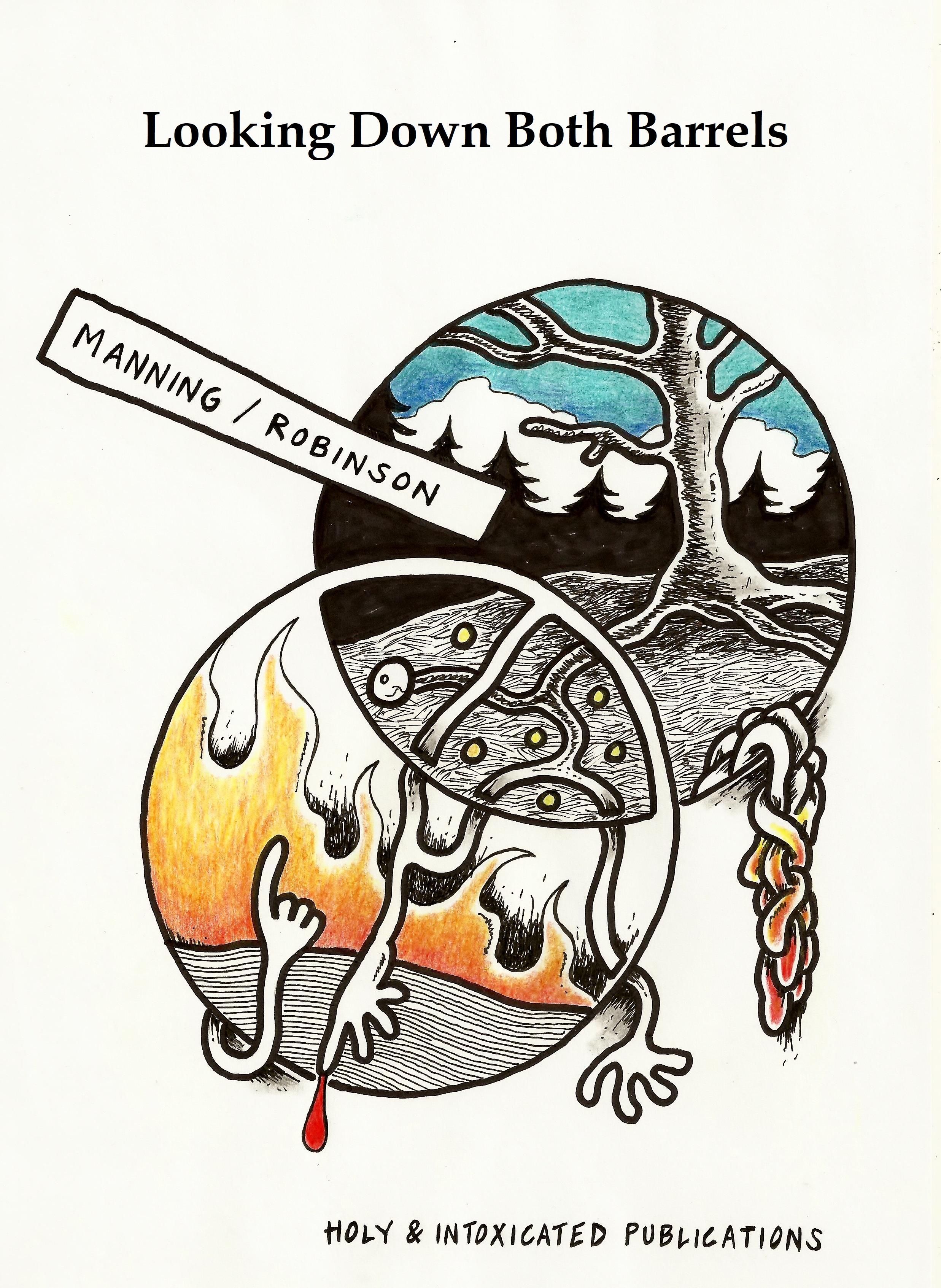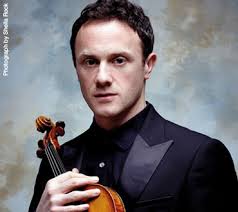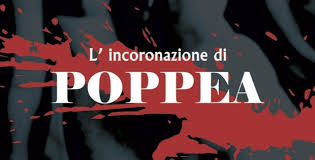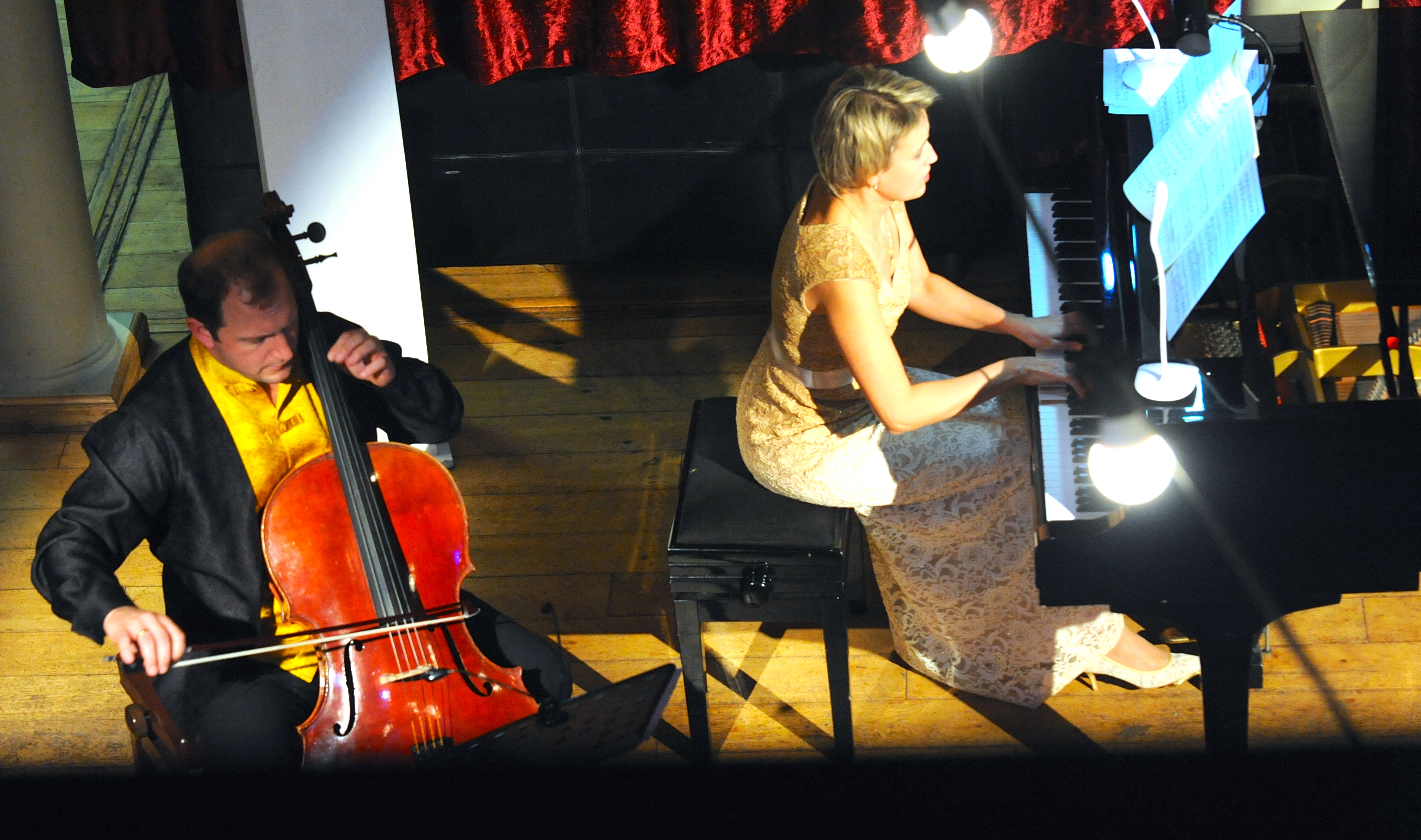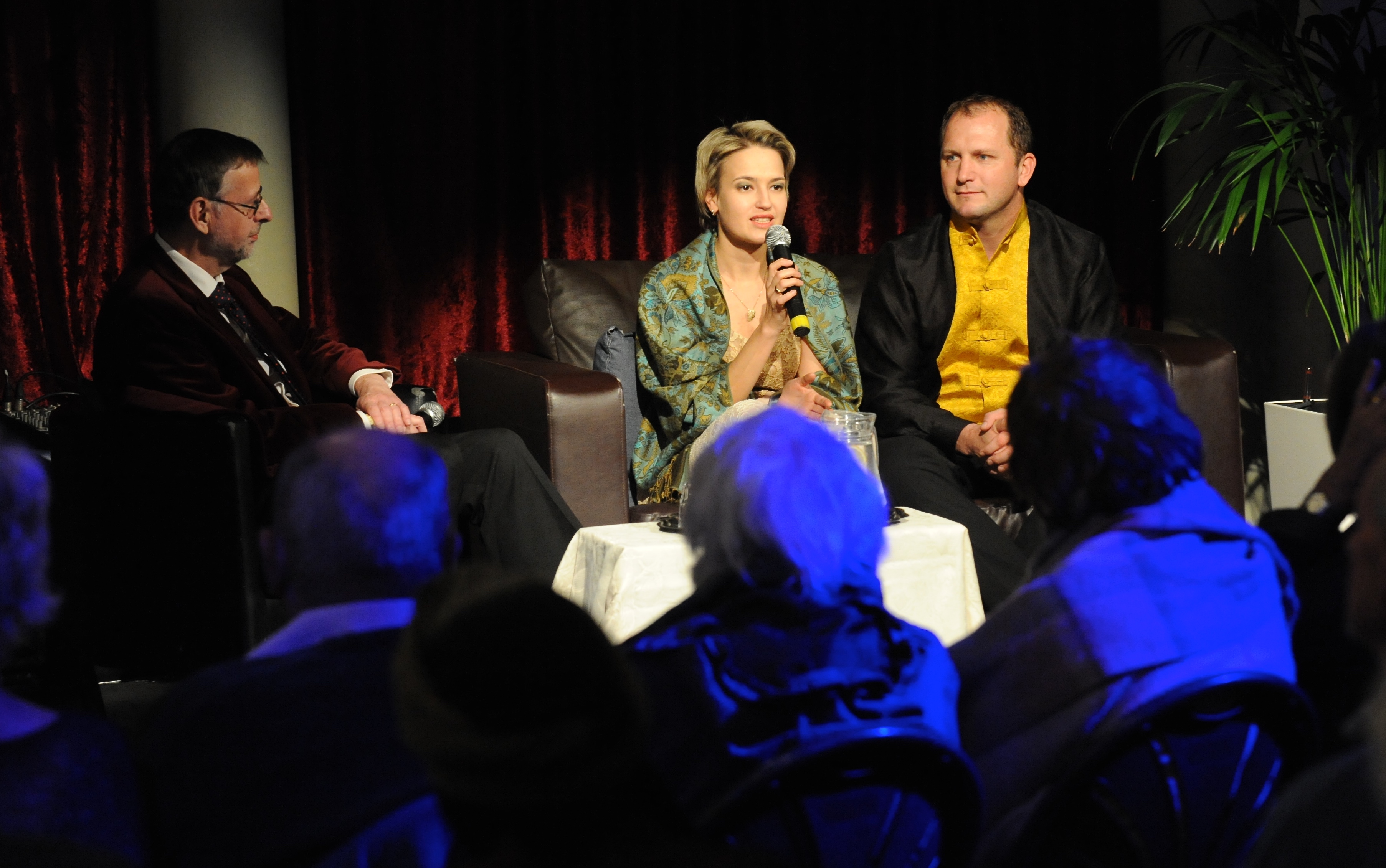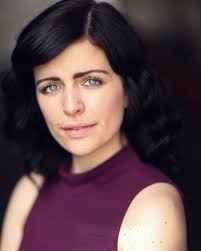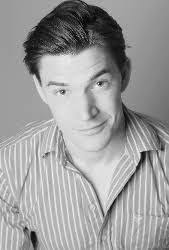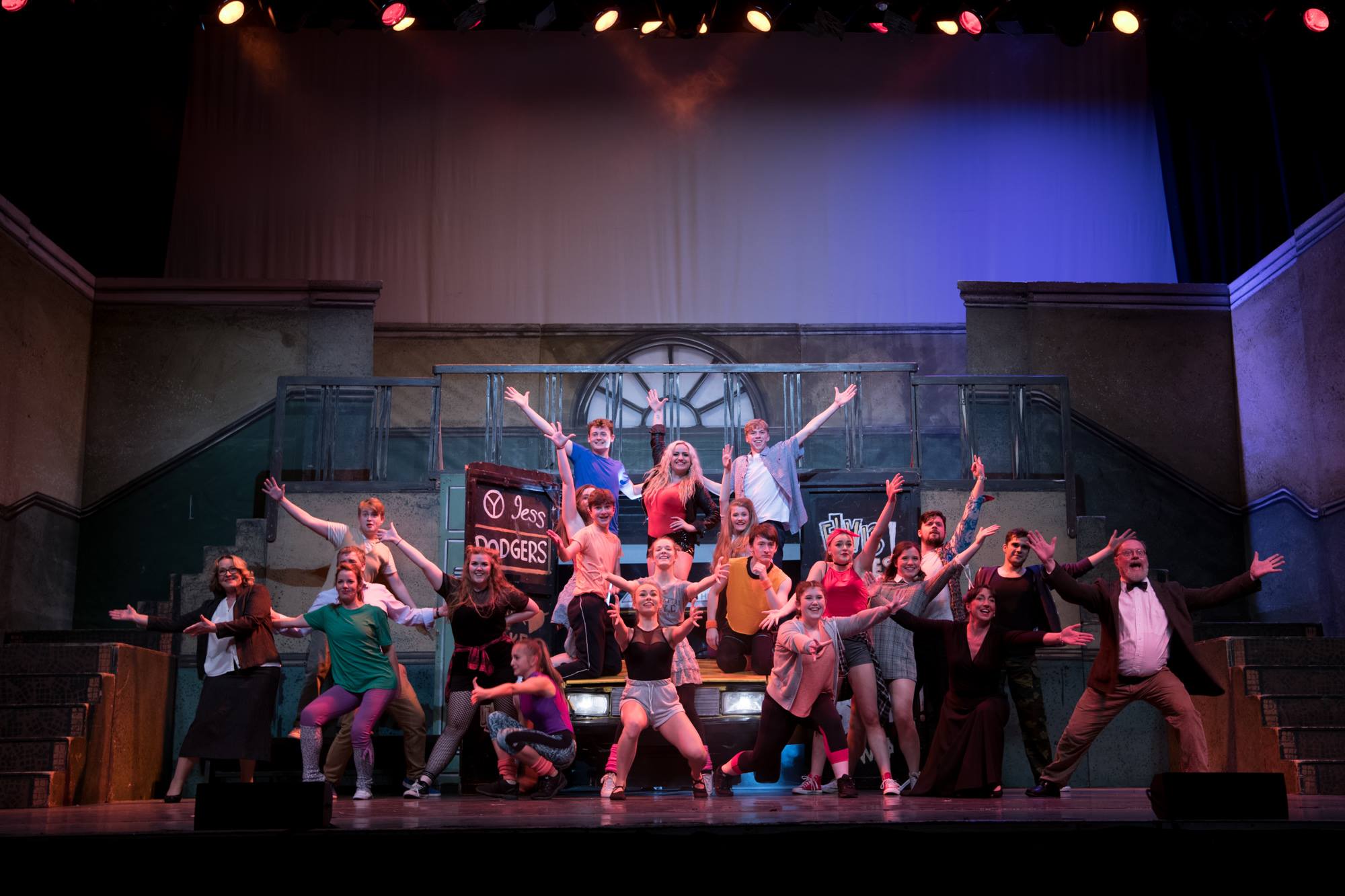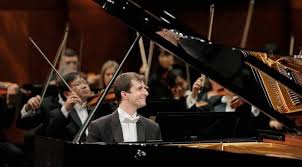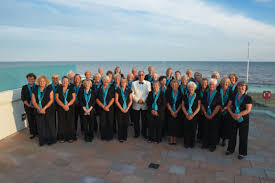© Adrian Manning 2017
© John D Robinson 2017
© Janne Karlsson Cover Art 2017
ISBN: 978-0-9932068-6-3
Published by John D Robinson: Holy&intoxicated Publications: UK;
There are times when this new collection of poems from Adrian Manning and John D Robinson makes for difficult reading, for it is honest – and confrontational in its honesty. Many of the poems reflect loss and the contemplation of failure, but equally the overriding necessity to wrestle with the depths we find ourselves in and to rise above them.
As such it is ultimately optimistic in the face of potential despair. AND FAHRENHEIT 451 EVENS THE SCORE and THE BLANK PAGE (pasted below) sum up the approach to the eternal problem of being driven to write yet always facing the reality of trying always to write something worth saying.
The two writers complement each other and as such the collection makes for a highly satisfying whole.
Poet Rob Plath in an end note says Each poem is truth drilled into the page. Highly recommended. A sentiment I would entirely endorse.
BH
AND FAHRENHEIT 451 EVENS THE SCORE
if you’re gonna
write a poem
write words
that will burn
words that will
burn
the paper they are
written on
the eyeballs
that read them
and leave
nothing
but the message
scorched
into the
earth
and the
memory
THE BLANK PAGE
the blank page lies
ahead
a sea of possibility
sometimes a friend
sometimes the enemy
who knows what will surface
pale headed horses
grinning wide
mouthed happiness
or dark ghosts
treading the waters
of fear
limited days
and time
will
tell
AFTER RAY BREMSER
I choose not to socialise, I
have always felt awkward
and increasingly
uncomfortable in such
situations: I stay away
from the bars and
parties and refuse
every invitation: I lead a
quiet life now and I
think of the words of the
armed robber and poet,
Ray Bremser
when asked if he had
any grandchildren:
‘I don’t know, I don’t
want to know, don’t
want no more pain’
fucking right, keep the
people at a distance
because for sure, only
hurt can come of it.

